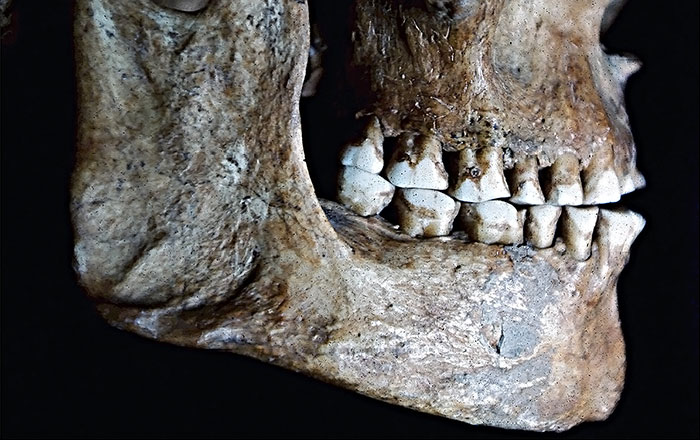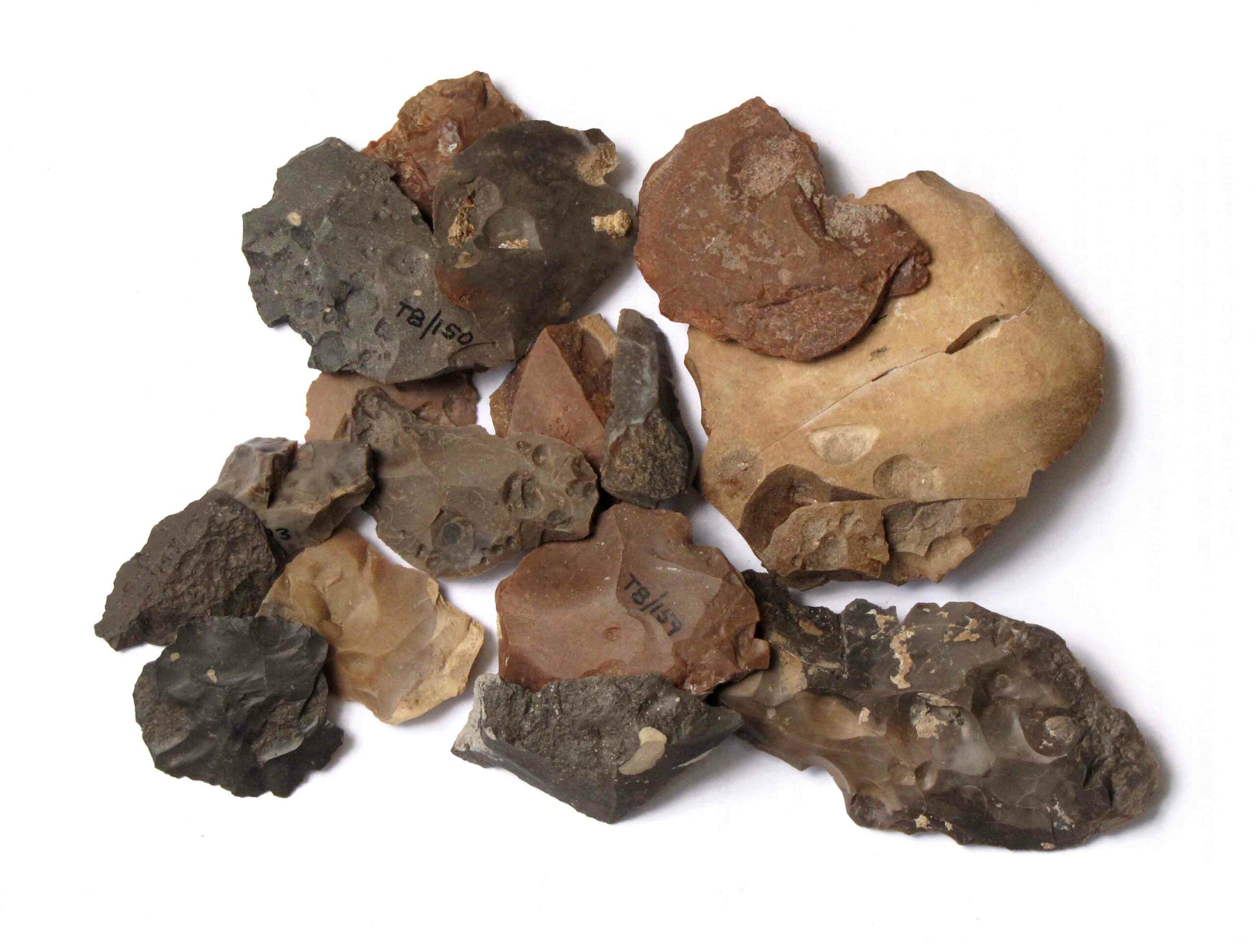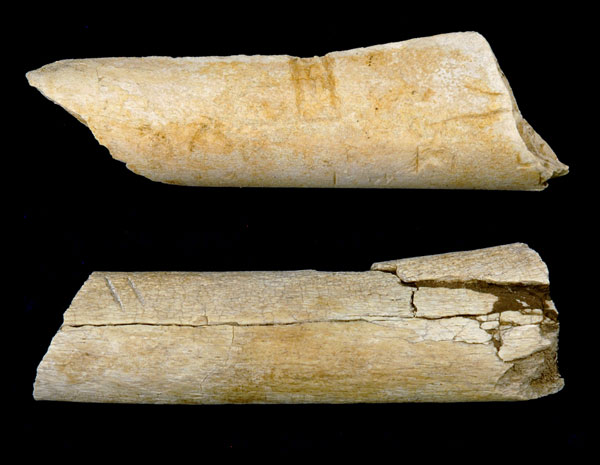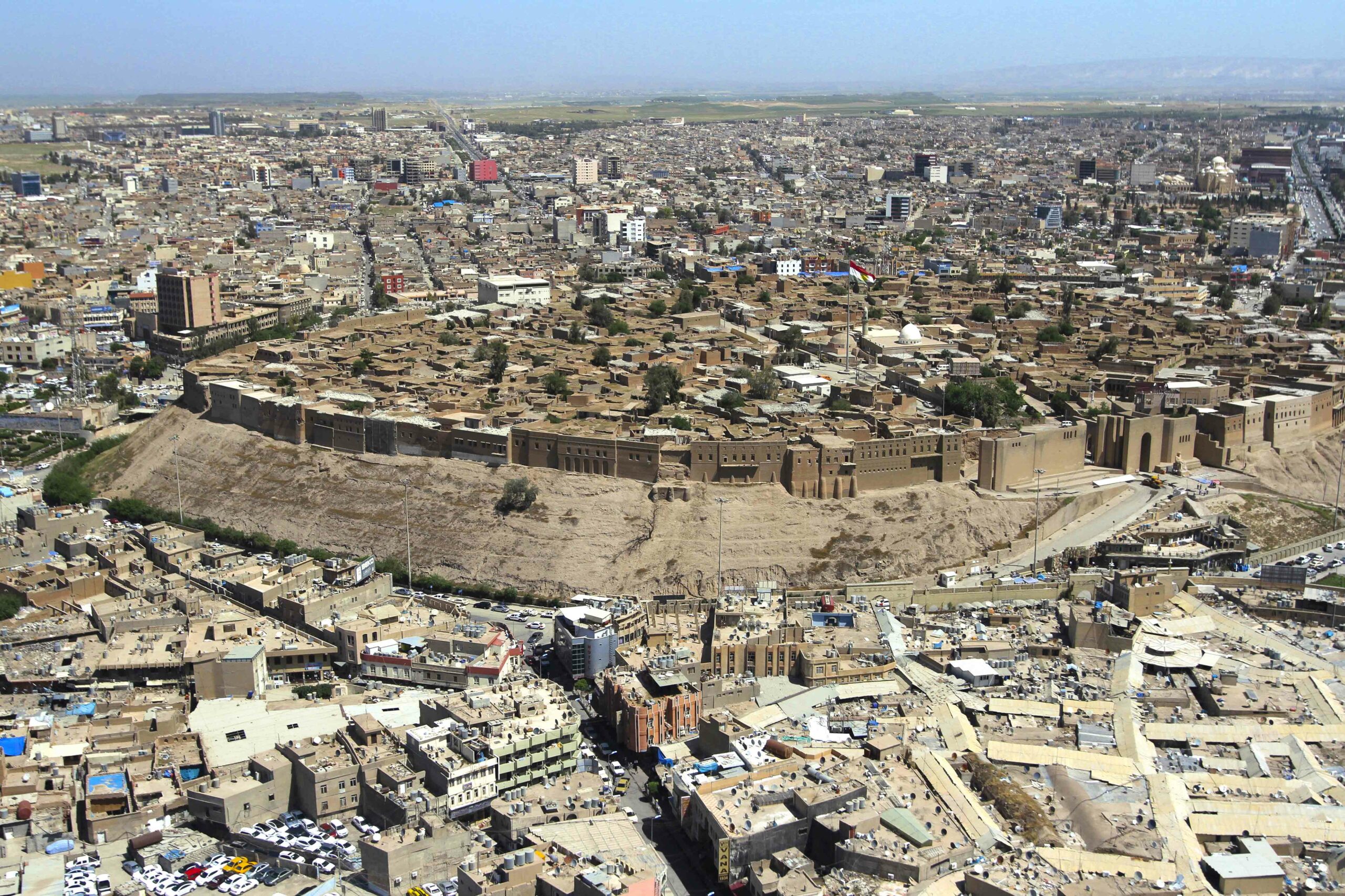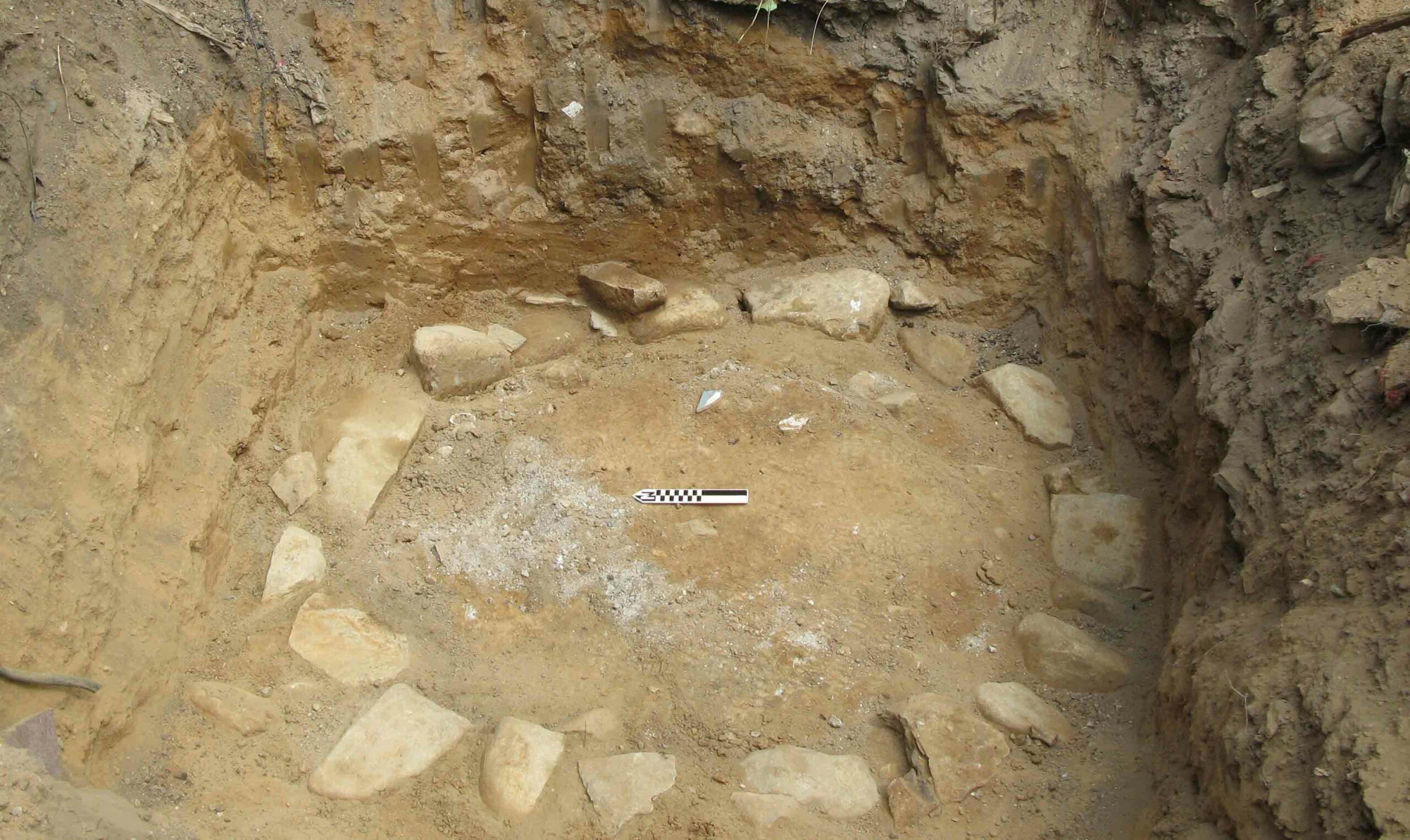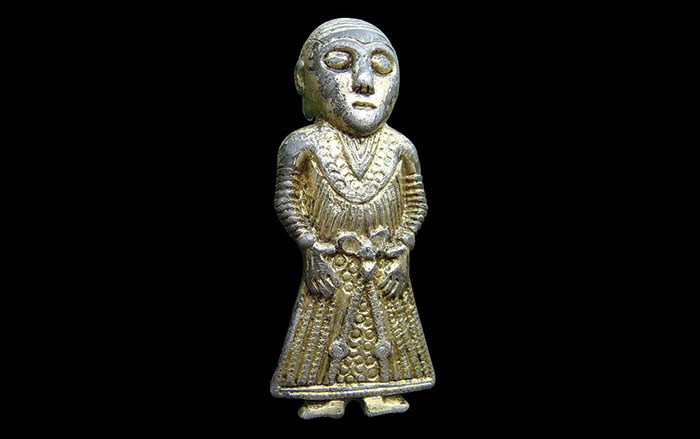
When advancing a new idea about human evolution, it is best to be prepared for a bloody fight. This lesson was recently learned by biologist David Carrier and emergency room physician Michael Morgan, both of the University of Utah, when they published a paper theorizing that the human face looks the way it does, in part, because it evolved to take a punch. Carrier and Morgan examined emergency room statistics from Western societies and found that fights between untrained combatants most frequently resulted in injuries to the face, specifically parts of the jaw, cheekbones, nose, and bones around the eyes. According to their hypothesis, bones should have evolved to be sturdier at these stress points—and that is exactly what they found in the facial features of early humans. “The bones that break most frequently when modern humans fight are the ones that increase in size and robustness in the faces of the early hominins four to five million years ago,” says Carrier.
Yet this idea seems to have received almost universal scorn from paleoanthropologists, resulting in testy exchanges between the authors and critics in online forums. Owen Lovejoy of Kent State University believes that Carrier and Morgan’s hypothesis is an example of “adaptationism,” which he defines as assigning an evolutionary purpose to a particular trait when no such relationship exists. Lovejoy believes that the human face is an example of a “spandrel,” an architectural term repurposed by evolutionary biologists Stephen Jay Gould and Richard Lewontin to mean a physical trait that evolves as a byproduct of other traits. For example, Lovejoy says, the shape of the human face is a result of brain size and the bones and muscles necessary for chewing. The ability to resist a punch, Lovejoy continues, is incidental, as it wouldn’t provide a significant evolutionary advantage.

Carrier counters that male hominins who were better able to resist punches would have been more successful in the competition for mates, which can be violent in many primate species. And where other primates use long, sharp canine teeth as primary weapons, hominins would have pummeled each other with their hands. Lovejoy reserves some of his strongest criticism for this idea.
He points out that over several million years, hominins have evolved smaller canine teeth, which are used to signal aggression in modern apes, suggesting that early human females didn’t prize aggression in their mates. “Females were choosing males with smaller canines, which means they were choosing nonaggressive males,” he says. The reason that hominins spread across the world while other primates did not may have been cooperation between males, he adds.
Both Carrier and Lovejoy are experts in evolutionary science—but not in the “sweet science.” Boxing trainer Hector Rock has mentored 21 world champions at Gleason’s Gym in Brooklyn, New York, in a career spanning four decades. His experience undercuts Carrier and Morgan’s theory as well. He emphasizes that throwing a punch and taking a punch involve the whole body, not just the hands and skull. “The body is the best part to punch,” he says, “under the ribs.” Carrier plans to continue researching how violence may have shaped the human body, but it remains to be seen whether paleoanthropologists have dealt a body blow to his ideas about the evolution of the human face.



